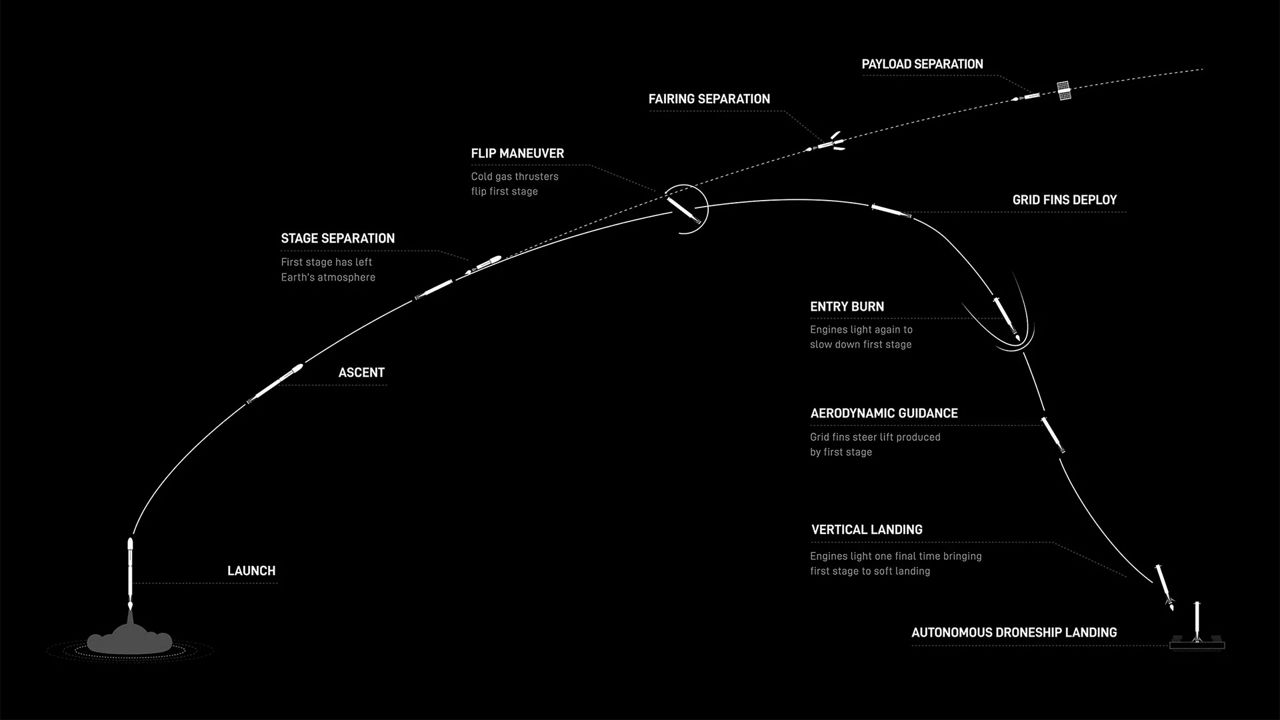CAPE CANAVERAL SPACE FORCE STATION — Despite potential thunderstorms Friday afternoon, SpaceX successfully launched a U.S.-military GPS satellite.
What You Need To Know
- The U.S. military GPS satellite took off from Space Launch Complex 40
- The satellite is also nicknamed in honor of Creola Katherine Johnson, the famed mathematician who is known for her calculations of orbital mechanics
SpaceX’s Falcon 9 rocket launched the GPS III-7 mission from Space Launch Complex 40 at Cape Canaveral Space Force Station, stated the company.
The tiny 15-minute launch window opened at 1:23 p.m. ET, with the rocket lifting off at 1:37 p.m.
The 45th Weather Squadron only gave a 45% chance of good liftoff conditions, with the concerns being the cumulus cloud and surface electric fields rules.
“Typical summertime afternoon thunderstorms, some potentially severe, are possible through Friday. Over the past few days, isolated towering cumulus clouds have rapidly developed near the coast with sea breeze initiation in the late morning hours, while deep convection has held off until around the time of this launch window,” the squadron stated.
Going into the friendly skies
This was the Falcon’s first-stage booster’s fourth mission. Booster B1092 has only three launches under its belt.
“Following stage separation, the first stage landed on the A Shortfall of Gravitas droneship, which is stationed in the Atlantic Ocean,” SpaceX explained.

About the mission
Built by Lockheed Martin, the GPS III-7 satellite will provide global position system for the U.S. military.
“The GPS III satellite, equipped with M-Code technology, provides the warfighter with a capability that is three-times more accurate, and eight-times more resistant to jamming,” explained the U.S. Space Force’s Space Systems Command in a press release.
The satellite is also nicknamed in honor of Creola Katherine Johnson, the famed mathematician who is known for her calculations of orbital mechanics.




